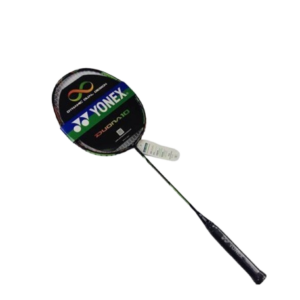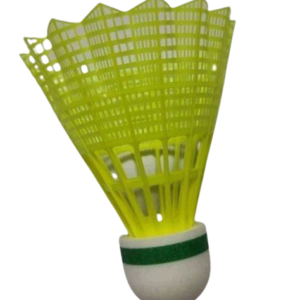1. Materials and Construction
Modern badminton rackets are primarily made from high-performance materials like carbon fiber, which offers a perfect balance of strength, lightness, and flexibility. Some rackets may also incorporate materials like aluminum for beginners due to its durability and lower cost. Advanced rackets often feature a composite construction, integrating different materials to optimize power, control, and maneuverability.
2. Frame Design
The design of the racket frame plays a crucial role in its performance. Many contemporary rackets feature an aerodynamic frame that reduces air resistance, allowing players to swing faster. The shape of the racket, whether oval or isometric, affects the sweet spot size—larger sweet spots provide more forgiveness on off-center hits.
3. String Technology
The strings in badminton rackets have also seen advancements, with varying tensions and materials that affect power and control. High-quality synthetic strings provide better durability and playability, while specialized stringing patterns allow players to customize their racket’s characteristics.
4. Weight and Balance
Badminton rackets come in different weight classes, typically ranging from 70g to 100g. Lighter rackets (around 70-80g) offer increased speed and maneuverability, ideal for quick reflexes at the net. Heavier rackets (85-100g) tend to provide more power, making them suitable for aggressive players. The balance point of the racket—head-heavy, even-balanced, or head-light—also affects play style; head-heavy rackets provide more power, while head-light rackets offer better control and speed.
5. Grip Size and Comfort
The grip size is essential for comfort and control. A proper grip allows players to maintain better control over their shots and reduces the risk of injury. Many modern rackets feature ergonomic designs and non-slip materials to enhance grip comfort and reduce vibrations during play.
6. Player Preferences and Technology Integration
With advancements in technology, many brands have begun integrating smart technologies into rackets. These can track swing speed, shot accuracy, and other performance metrics, providing players with valuable data to improve their game. Customization options have also expanded, allowing players to select colors, grips, and even racket specifications to match their playing style.
7. Sustainability Initiatives
As environmental consciousness rises, some manufacturers are exploring sustainable materials and production processes. This includes using recycled materials or bio-based composites to minimize environmental impact while maintaining performance standards.
Conclusion
The evolution of badminton rackets represents a blend of traditional craftsmanship and cutting-edge technology, enabling players at all levels to enhance their performance on the court. Whether you are a beginner or an advanced player, understanding these advancements can help you choose the right racket that suits your style and enhances your game









Reviews
There are no reviews yet.